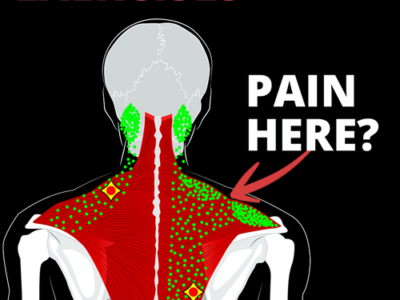In recent years, various diets have gained popularity for their ability to help people lose weight and improve overall health. As we move into 2023, it’s essential to stay informed about the best diets from around the world that are proven effective for weight loss. This article will explore some of these top diets, discussing their principles, benefits, and potential drawbacks.
The Weight Watchers Diet
Originating in the United States, the Weight Watchers diet has been a popular choice among dieters for decades. The program assigns point values to foods based on their nutritional content, encouraging participants to make healthier choices while staying within their daily point allowance.
How does the Weight Watchers diet work?
Weight Watchers utilizes a points system called SmartPoints, which allocates points to different foods based on their calorie, protein, sugar, and saturated fat content. Participants receive a personalized point limit each day and are encouraged to eat nutrient-dense foods that keep them feeling satisfied while losing weight.
Benefits of the Weight Watchers diet
- Flexible and customizable
- Focus on overall health and wellness
- Group support and community aspect
- Emphasis on portion control and mindful eating
Potential drawbacks of the Weight Watchers diet
- Cost of membership and food products
- Possible overemphasis on numbers and tracking
The DASH Diet
The DASH (Dietary Approaches to Stop Hypertension) diet was initially developed to help lower blood pressure but has gained recognition for its potential weight loss benefits. This diet emphasizes whole foods, lean protein sources, and plenty of fruits and vegetables.
How does the DASH diet work?
The DASH diet involves consuming a specific number of daily servings from various food groups. Participants are encouraged to eat whole grains, lean meats, low-fat dairy products, and plenty of fresh fruits and vegetables while limiting their intake of sweets, fats, and sodium.
Benefits of the DASH diet
- Nutrient-dense food choices
- Encourages healthy eating habits
- May help reduce risk factors for chronic diseases
- No need to buy special products or foods
Potential drawbacks of the DASH diet
- Requires dedication to meal planning and preparation
- Some may find it difficult to limit sodium intake
The Mayo Clinic Diet
Developed by experts at the Mayo Clinic, the Mayo Clinic Diet is a comprehensive weight loss program that focuses on creating lasting, healthy habits. The diet is divided into two phases: Lose It! and Live It!
How does the Mayo Clinic Diet work?
During the Lose It! phase, participants focus on adding five healthy habits, breaking five unhealthy habits, and adopting five bonus habits. The Live It! phase involves learning portion sizes and making healthier food choices based on the Mayo Clinic Healthy Weight Pyramid.
Benefits of the Mayo Clinic Diet
- Comprehensive approach to weight loss
- Focus on long-term lifestyle changes
- Emphasis on overall health and wellness
- No need for specialty products or foods
Potential drawbacks of the Mayo Clinic Diet
- Can be time-consuming and require effort in meal planning
- Cost of books and online tools
The TLC (Therapeutic Lifestyle Changes) Diet
The TLC Diet was created by the National Institutes of Health as a means to lower cholesterol levels and promote heart health. While not specifically designed for weight loss, many people find that they lose weight while following this heart-healthy eating plan.
How does the TLC Diet work?
The TLC Diet emphasizes consuming a balance of whole grains, lean proteins, low-fat dairy products, and plenty of fruits and vegetables while limiting saturated fats, trans fats, and dietary cholesterol. Participants are also encouraged to engage in regular physical activity.
Benefits of the TLC Diet
- Heart-healthy focus
- No need for special products or foods
- Encourages balanced, nutritious meals
- May result in weight loss and improved overall health
Potential drawbacks of the TLC Diet
- Requires dedication to meal planning and preparation
- Some may struggle with reducing saturated fat intake
The Flexitarian Diet
The Flexitarian Diet is a flexible plant-based eating plan that encourages the consumption of plant-based foods without completely eliminating meat and animal products. This diet has gained popularity for its potential weight loss benefits, as well as its sustainability and flexibility.
How does the Flexitarian Diet work?
Flexitarian dieters are encouraged to incorporate more plant-based meals into their diet while still allowing for occasional consumption of meat and other animal products. The focus is on whole, minimally processed foods like fruits, vegetables, whole grains, legumes, and plant-based protein sources.
Benefits of the Flexitarian Diet
- Flexible and sustainable approach to plant-based eating
- Emphasis on nutrient-dense foods
- Potential environmental and ethical benefits
- No need for special products or foods
Potential drawbacks of the Flexitarian Diet
- May require meal planning and preparation
- Some may find it challenging to transition to a primarily plant-based diet
Choosing the best diet for your lifestyle and preferences can be a challenge, but with careful consideration and research, you can find the right weight loss program for you. Remember that long-term success often comes from making gradual, sustainable changes rather than following overly restrictive or fad diets.





Comments